Description
Widely celebrated in Japanese literature, poetry, and art, sakura carry layered meanings. For example, because they bloom briefly, the blossoms are often seen as a metaphor for the ephemeral beauty of living. At the same time, the joyful tradition of hanami (flower viewing) is an old and ongoing tradition. The practice was first associated with plum blossoms before becoming almost exclusively linked with cherry blossoms by the Heian Period (794–1185). With wider exposure to Japanese art and culture in the nineteenth century, audiences in the U.S. and around the world embraced sakura as a particularly Japanese cultural hallmark.
高洁 傲骨之风 不畏严寒 坚强 美丽 贫寒却有德行的人,梅花代表着坚强的品格!
梅花是中国传统名花,它不仅是清雅俊逸的风度使古今诗人画家为它赞美,更以它的冰肌玉骨、凌寒留香被喻为民族的精华而为世人所敬重。中国历代文人志士爱梅、颂梅者极多。
梅以它的高洁、坚强、谦虚的品格,给人以立志奋发的激励。在严寒中,梅开百花之先,独天下而春,因此梅又常被民间作为传春报喜的吉祥象征。


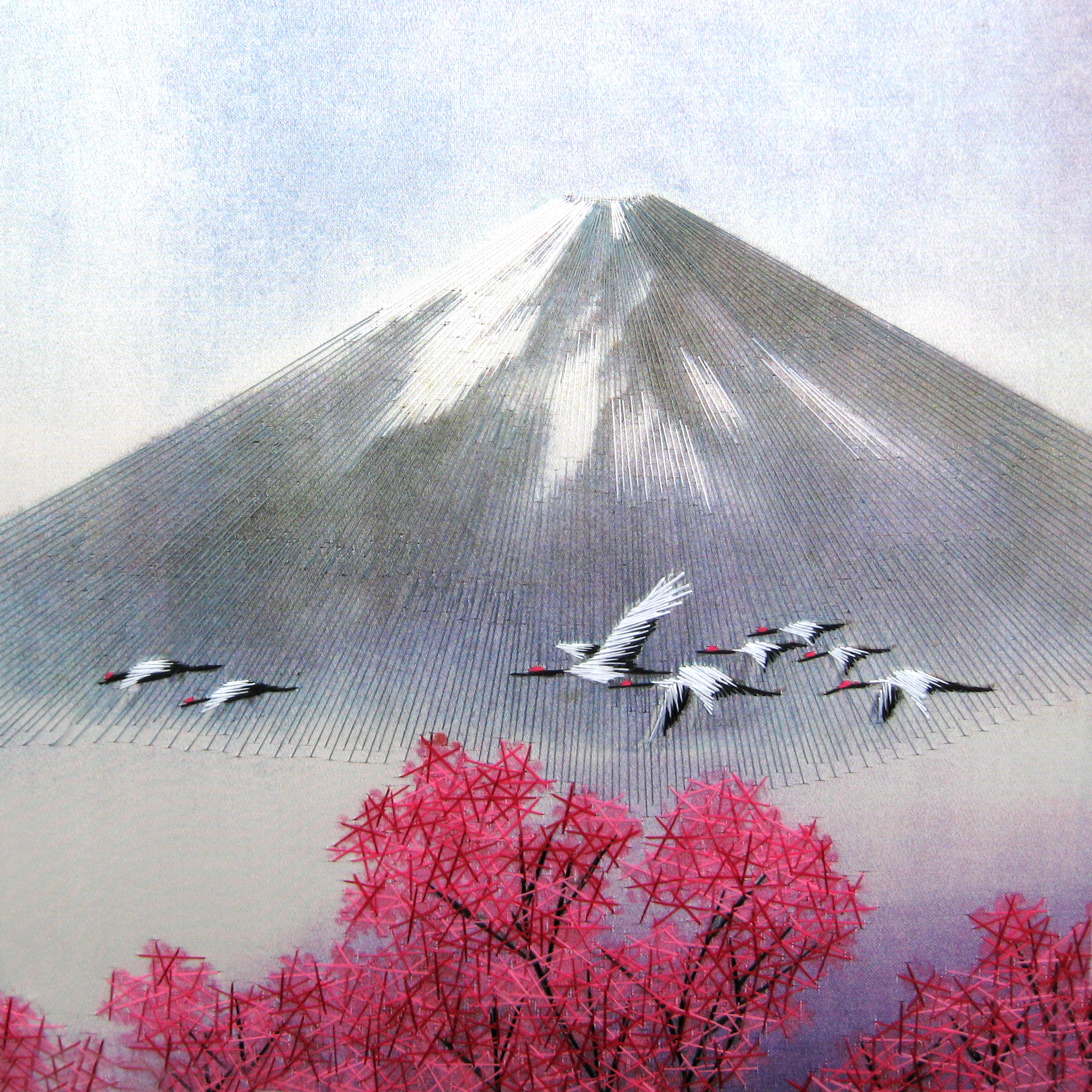
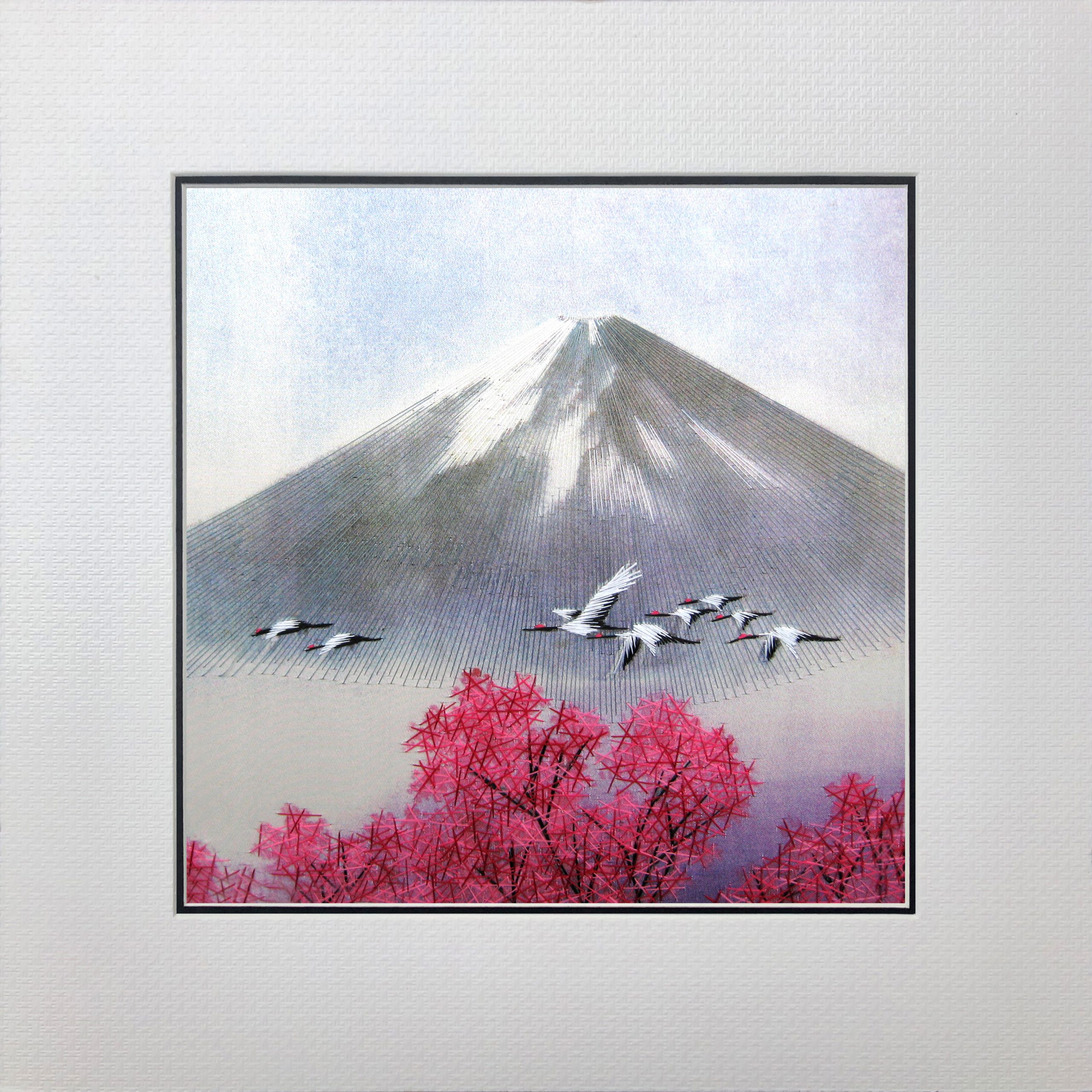
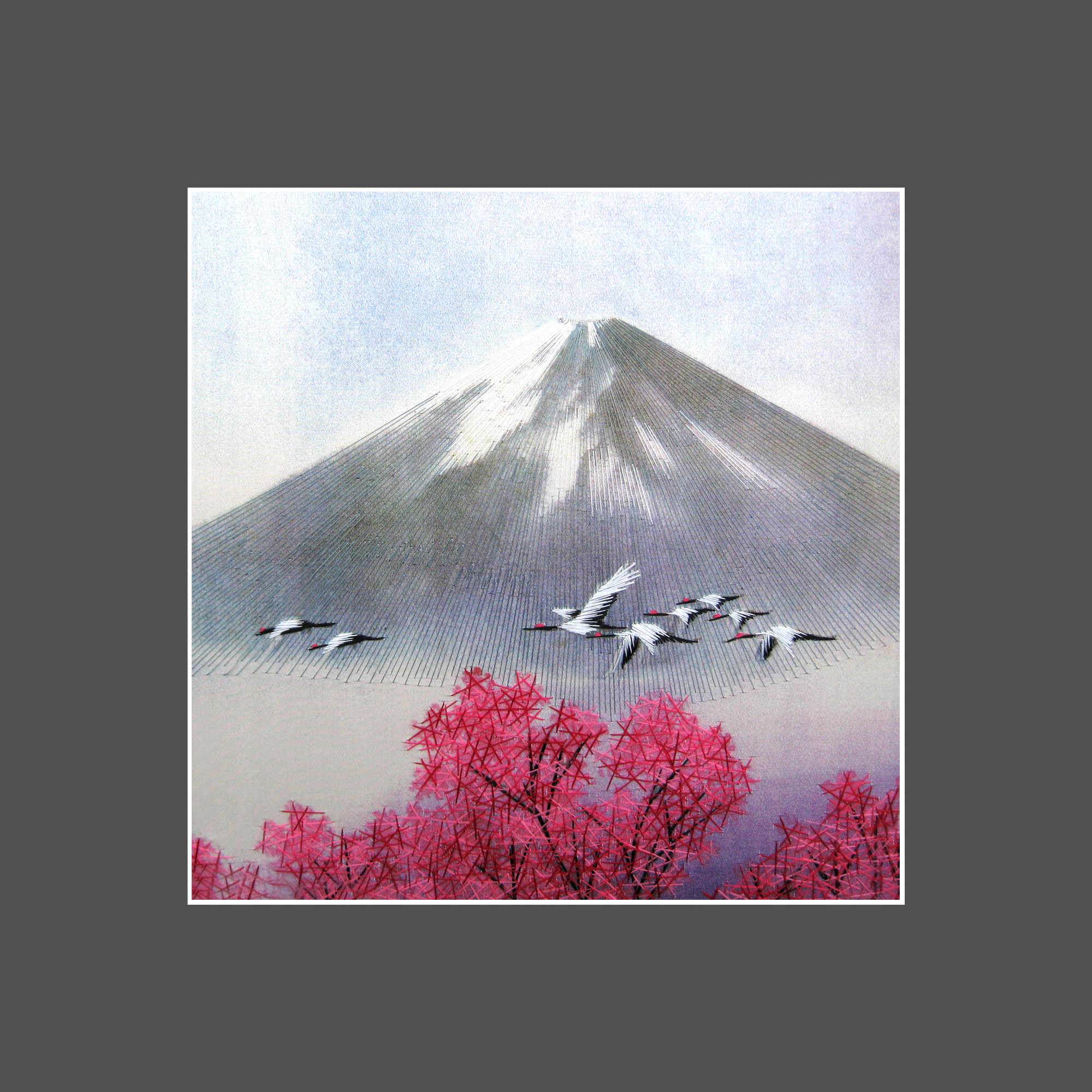
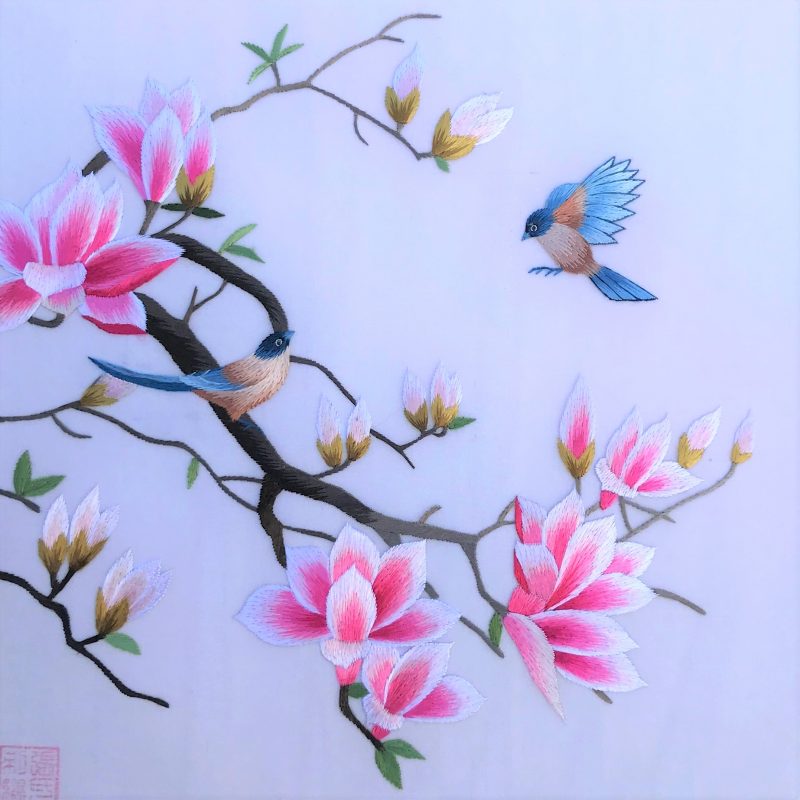
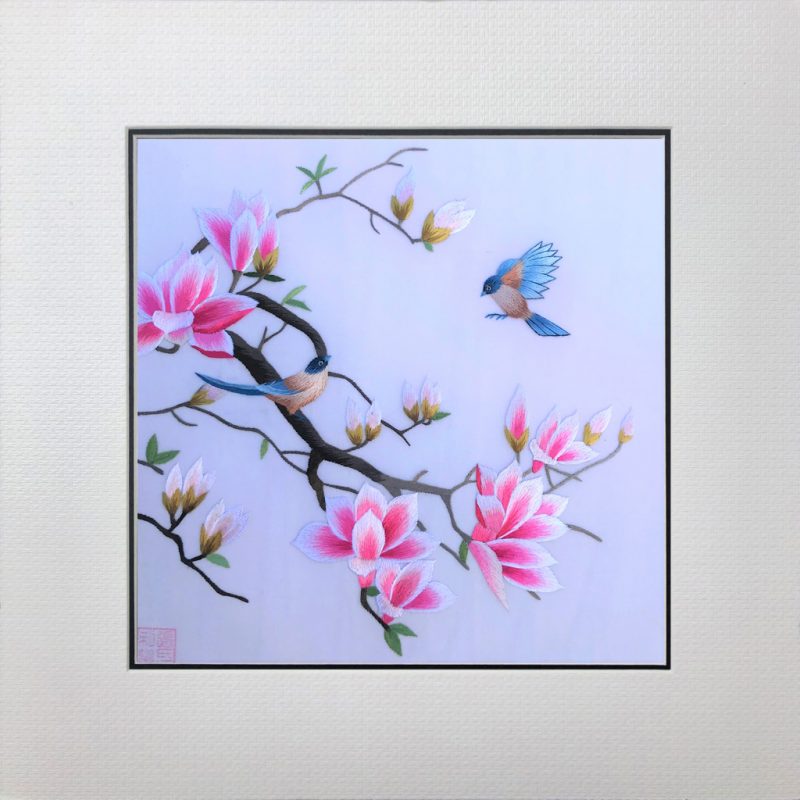
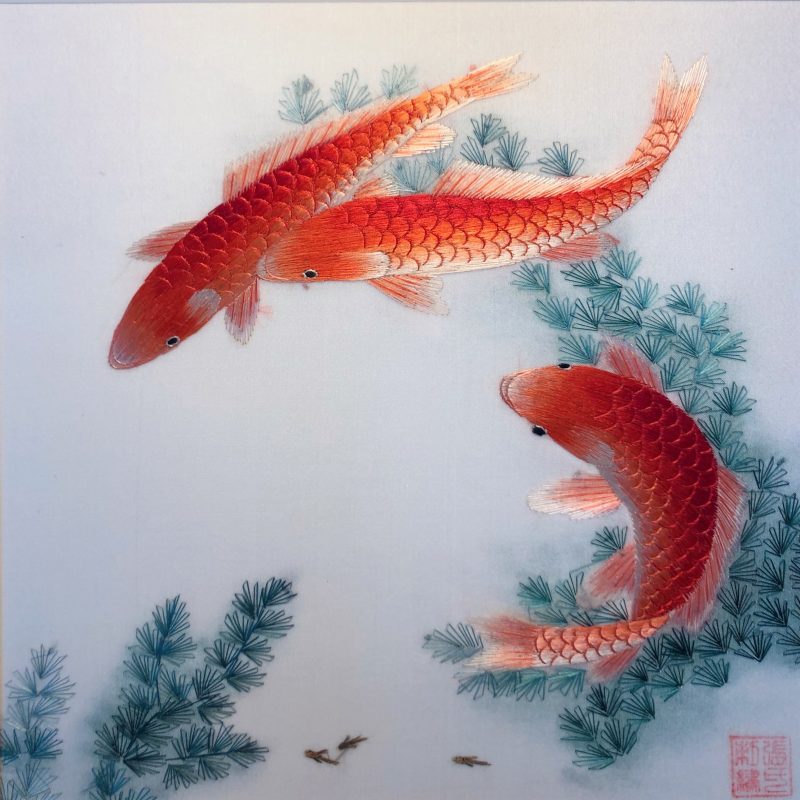

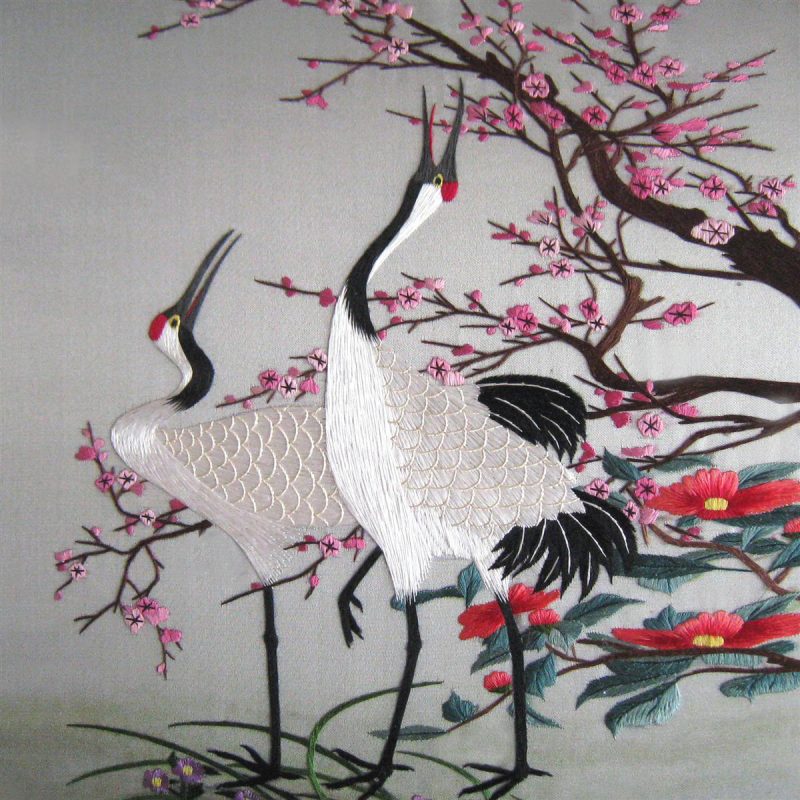
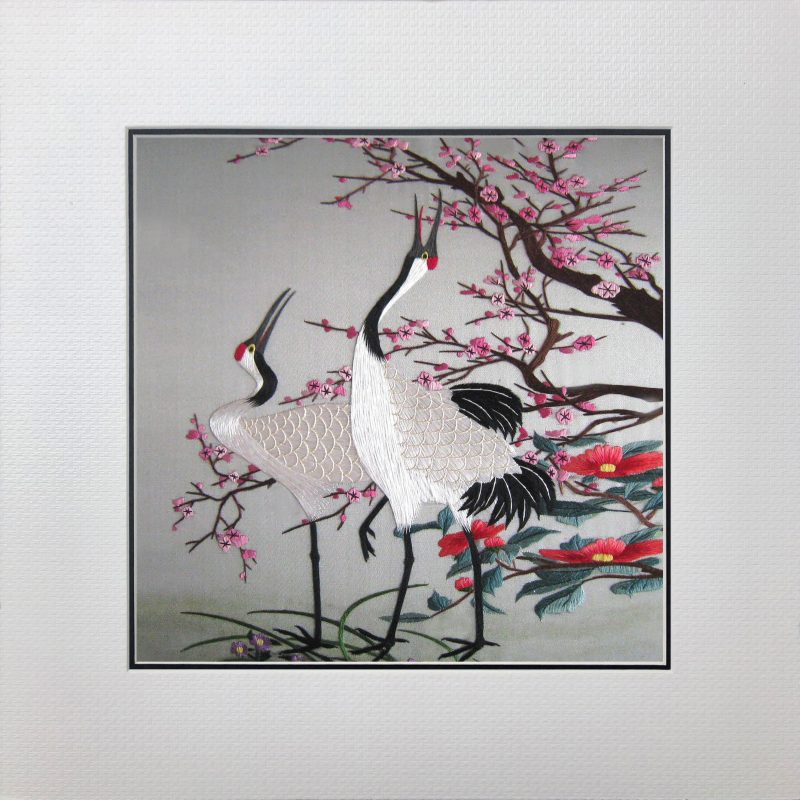
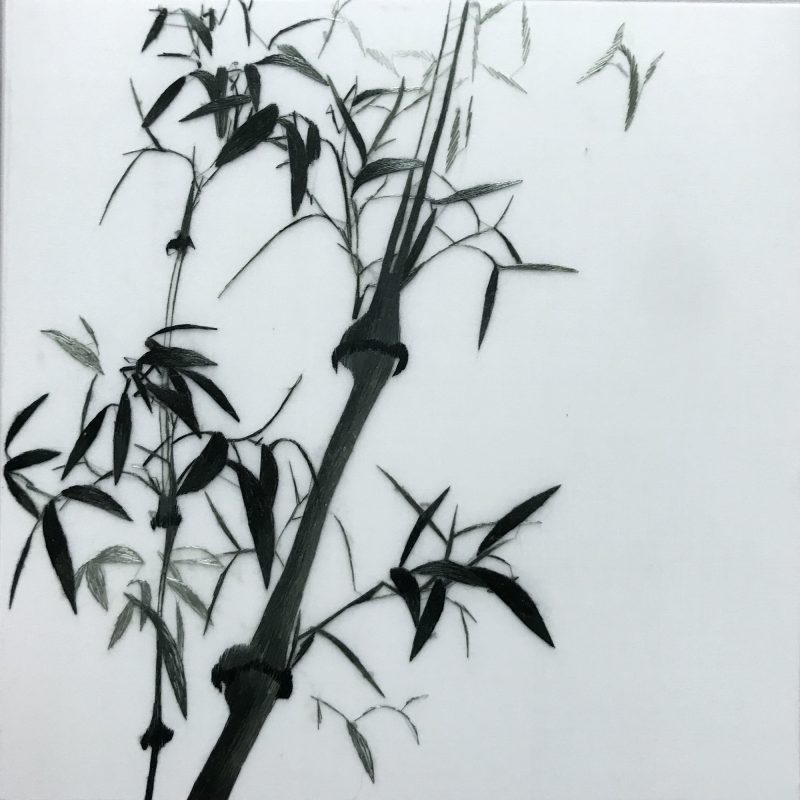
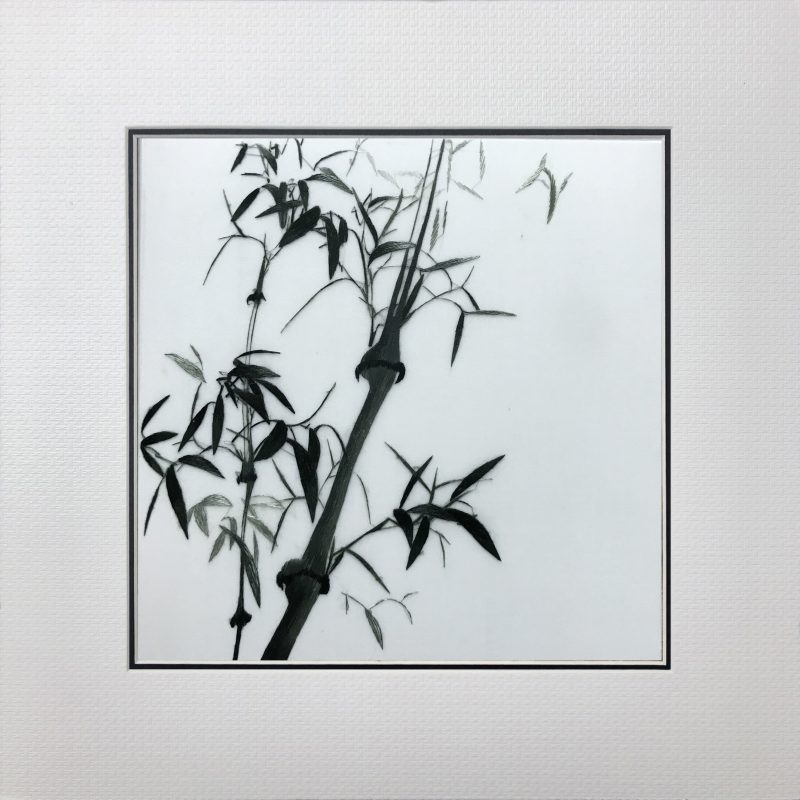


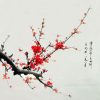

Reviews
There are no reviews yet.